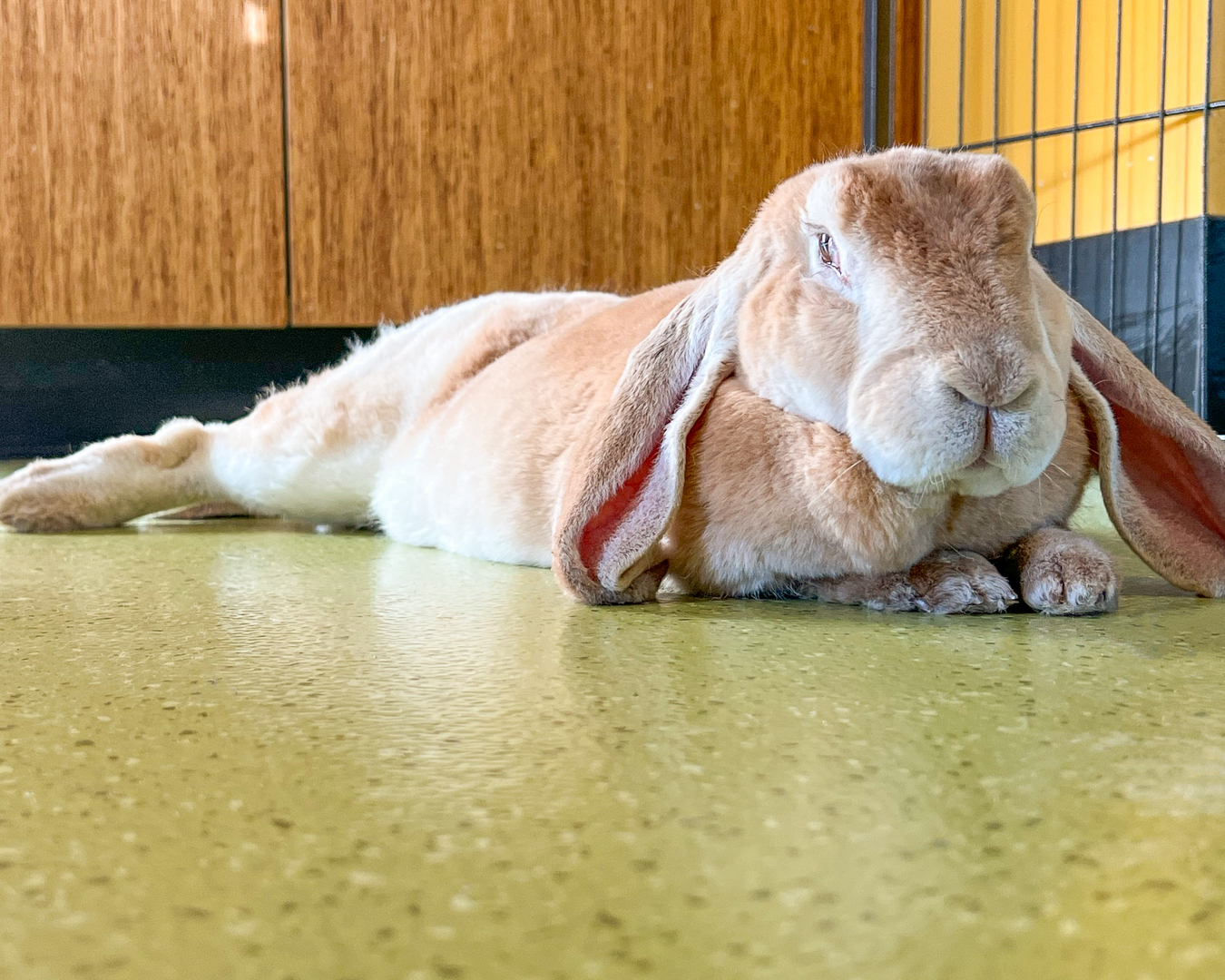– Understanding animal behaviors and the implications of anthropomorphism in perceptions of wildlife
– The role of enrichment activities like egg hiding for animals in captivity and their importance for psychological well-being
– Best practices for zoo management with a focus on animal rest and activity cycles
– Insights into egg-laying species and their nesting habits, with a nod to conservation efforts
– The influence of public engagement activities on wildlife conservation awareness and education
Wesley, the spirited young mascot of our annual Easter festivities, finds himself in a tranquil repose after an energetic morning spent concealing vibrantly hued eggs for the community’s enjoyment. This playful narrative provides a window into understanding animal behaviors. Anthropomorphism—the attribution of human characteristics to animals—is a common and emotionally engaging way for people to relate to wildlife. However, it’s important to recognize different species’ innate behaviors and needs rather than simply assigning them human traits.
In the case of animals in captivity, enrichment activities can serve as valuable stimuli, substituting for behaviors they would naturally exhibit in the wild. Hiding eggs is one such activity that, while firmly rooted in human tradition, resembles foraging behaviors. In zoological settings, enrichment programs are carefully designed to encourage natural behaviors, ranging from puzzle-solving and hunting to nesting and playing, depending on the species.
These programs are instrumental in promoting captive animals’ mental and physical well-being. Rest after such activities is crucial, allowing animals to recover and maintain a balanced activity level. Zoo management professionals employ species-specific knowledge to create schedules that balance these enriching activities with rest periods to mirror natural cycles. This practice highlights the importance of species-appropriate management and caring for each animal’s individual needs within human care.
Furthermore, certain wild species, from which captive enrichment activities draw inspiration, exhibit fascinating nesting and egg-laying behaviors. Avian species, for example, are known for their diverse nesting habits, ranging from simple ground nests to elaborate structures in treetops or burrows. Reptiles and some fish, too, have evolved various strategies for egg deposition and care. These behaviors are critical for species survival and are of particular interest in conservation efforts, where understanding species’ specific needs can lead to better protection and restoration of habitats.
Conservation efforts often benefit from the public’s connection with wildlife, and educational programs like Easter egg hunts can serve as platforms for awareness and education. These activities can stimulate interest in wildlife habits and inspire a deeper respect for the natural world. Engaging the community through such events can also increase support for conservation initiatives.
This article will explore these themes more thoroughly, offering insights into animal behaviors, the vital role of rest and enrichment in zoo animal management, and the connection between public engagement and wildlife conservation. Through these discussions, Wesley’s well-deserved rest becomes a metaphor for animals’ broader needs and behaviors, both in captivity and in the wild. Let us embark on an exploration of these insightful key areas.
*****
Source Description
Wesley is taking a well-deserved rest after hiding all those colorful eggs this morning 😉

